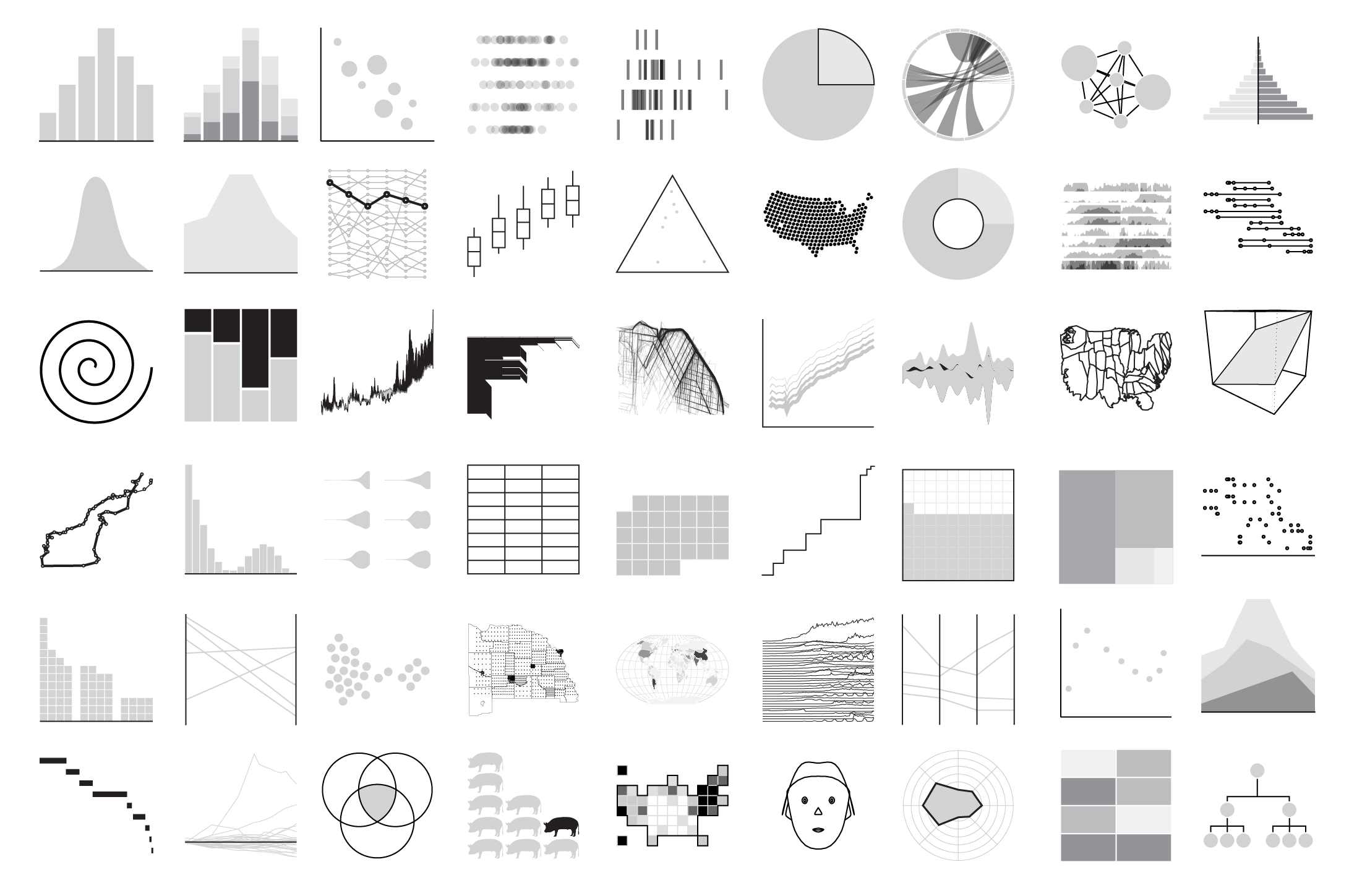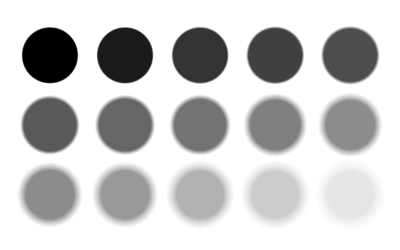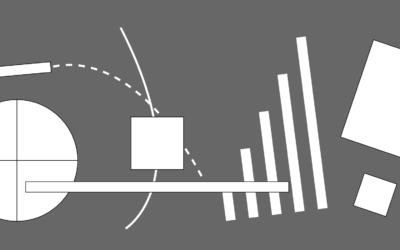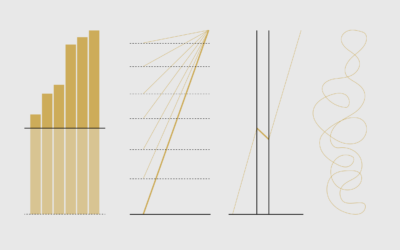Cataloging All the Charts

If you’re interested in a specific chart type, you can now browse FlowingData by all of the major ones. Find tutorials, guides, and examples for plenty of inspiration for the data you’re trying to visualize.
A few years ago, I added a new meta field to posts that indicated what kind of chart was used. I originally intended it as a way to make tutorials on FD easier to find and to categorize projects in some way. Then I started marking posts that served as a good examples of any given chart type.
I’ve been doing this off and on and adding new types as they come in. But I never made it obvious, and I don’t think many people noticed the extra field for some of the posts.
So it’s more obvious now. Browse all of the chart types so far.
Become a member. Support an independent site. Make great charts.
See What You Get




